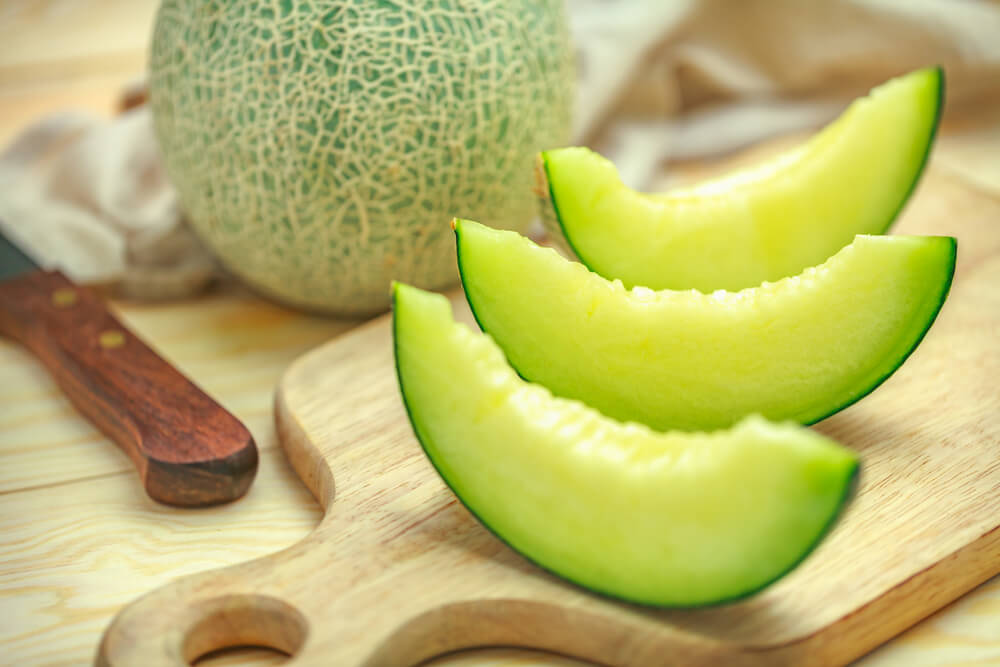
The honeydew melon, also known as the garden wax melon, is one of two major cultivar groups in Cucumis sativus group. It’s characterized by the glossy rind and absence of foul odor. The other main sub-group in this group is the wrinkle rind casaba melons. Both of these melons belong to the cucumber family but are planted in radically different ways. Both are found growing in tropical areas in South America, though the climate is vastly different from what is expected in other parts of the world.
To grow a good honeydew melon, you have to plant them in soil that is slightly sandy with low acidity level. These kinds of soil are ideal for growing other plants like cacti, but they do not suit other vine crops. In addition, these melons don’t grow well in acidic soil. On the other hand, they do quite well in clay-based soils, such as those formed when you mix sand and potting soil. They do well when fertilized and sprayed with pesticides, although this is not necessary since they can self-fertilize on their own.
When it comes to choosing the best time to grow honeydew plants, the most favorable season to plant them is June to August. During this period, the climate is cool and there’s an abundance of sunlight. During this season, the fruit starts to appear, ranging from the thin stems to the large fruit clusters. However, the majority of these fruits are eaten right after they come out of storage. To keep them fresh, store them wrapped in a damp cloth in a refrigerator for about two weeks. Or, place them in an airtight plastic bag for one week.
Although they look more like plump, ripe, red grapes, the rind on the Honeydew plants looks more like a persimmon’s rind. This rind separates the melons from the seeds inside by means of a strong chemical reaction. The chemical reaction converts the seeds melons into an edible part of the fruit. The rind will eventually wear off, leaving the natural color of the fruit intact. If you wish to eat the fruit without having to remove the rind, you can mash them instead of grinding.
The honeydew fruit is an attractive addition to companion plants, but be careful when planting them. The natural enemies, insects, and birds that are able to destroy these plants can also destroy the Honeydew Plants. If you wish to avoid these insects, plant your Honeydew in groups of three to six. If you cannot get them to cooperate, you can place larger numbers of Honeydew Plants with smaller numbers of companion plants. Keep in mind that Honeydew Plants cannot tolerate drought, so keep moisture levels in your garden at about twenty percent.
Honeydew Melons and Downy Mildew Are enemy plants that can help control the disease in your garden. These two enemies share a common enemy, the Mediterranean Bee. When they try to pollinate, Honeydew Melons and Downy Mildew disconnect from each other. If you have a large area that is infested with these enemies, you may consider planting a mixture of honeydews and ground-huggers. To protect your newly planted Honeydew and downy mildew mixture, be sure to implement a good organic pest control plan.